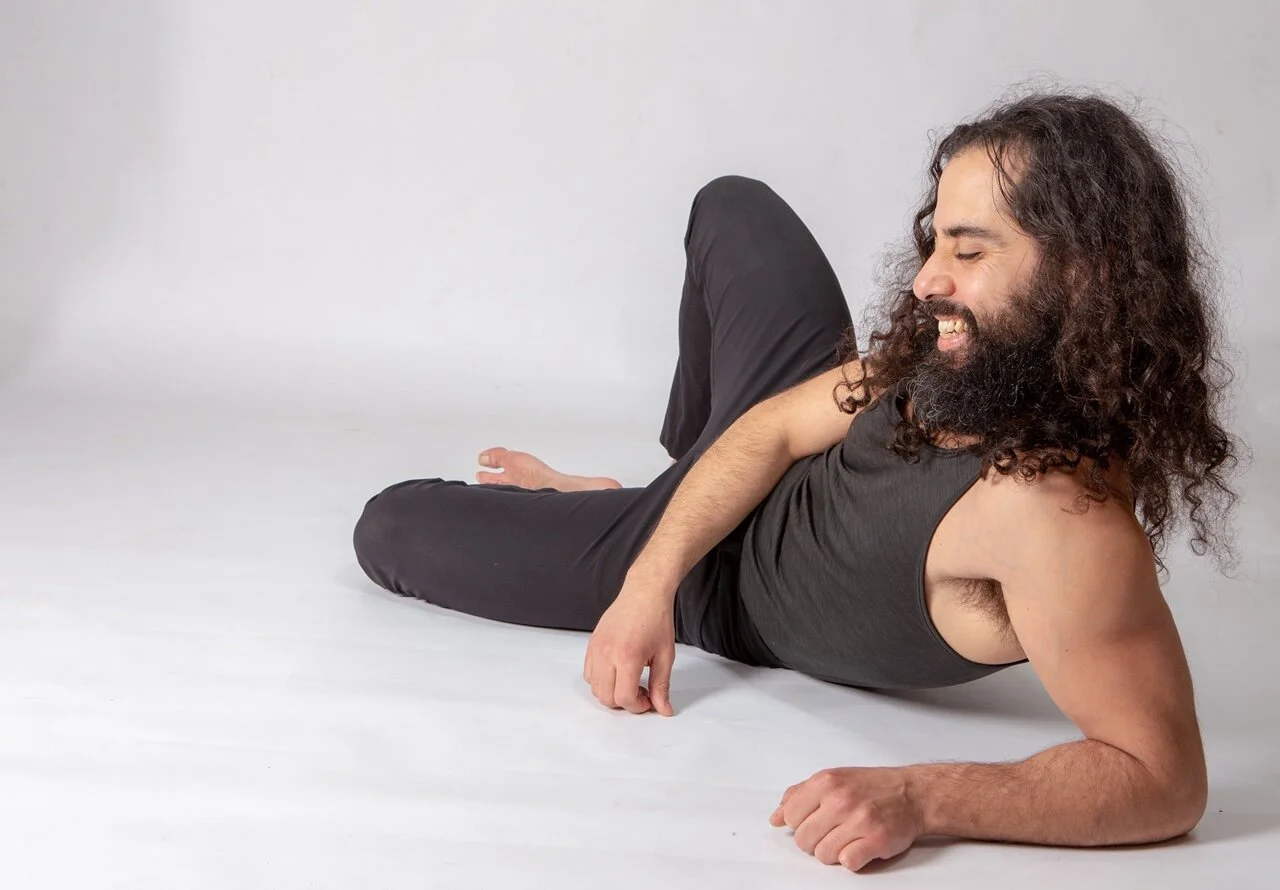The following is built upon the idea of a daily practice. Rest days may be scheduled 1-2 (or more) a week as needed by the practitioner pending on the exertion of your practice. For seasoned students with a regular daily practice I generally recommend a schedule of 3 days of more demanding training/practice followed by a day of active recovery (stretching, walking, massage, cold exposure/sauna, etc.)
-
In yoga-asana rest intervals are generally taken spontaneously, either at the discretion of a fatigued student or an intuitive and observant instructor. In strength disciplines we want to mitigate any premature fatigue so a program (pre-planned practice) can be completed as prescribed and adjusted accordingly to make progress more predictable and trackable. We might consider different Rest intervals according to the focus of our practice:
-
Strength focused practice can generally have 2 mins between sets:
E.g.
A1: push-ups 5 repetitions
-rest 2 mins-
A2: pull-ups 5 repetitions
-rest 2 mins-
etc.
This customary rest period can be shortened if an exercise is more focused on cardio vascular demands and extended when maximum strength efforts are being practice.
-
Flexibility is often a primary focus in yoga, though my own classes do not center around this goal and regard it as secondary if not tertiary). For flexibility we may want to think of counterposes such as forward folds (hip-flexion) back-bending (hip extension) and changing girdles (shoulder vs. hips) between movements to provide active recovery for the targeted muscles/tendons.
A1: Forward Fold (10 breaths) - hip focused
A2: Sphinx Pose (10 breaths) - hip and spine focused
A3: Melting Heart/Puppy pose (10 breaths) - shoulder focused
Repeat A1-A3 2x
-
I will remind the reader that Yoga can be defined as “union” and asana as “posture”; Mobility will often be our goal, which can be thought of as “flexibility” while under the demands of load “strength.” With pranayama (simplified as breath-work) serving much of the cardiovascular needs in our practice.
-
As someone with a daily practice I prefer to vary the focus of each practice, rather than try to cover all my bases in one session. An example of the aforementioned might look something like:
Day 1: Strength
Day 2: Flexibility
Day 3: Cardio
Day 4: Repeat “Day 1”
Though there are assuredly better ways to break it down, the above example my serve as a simple structure to follow.
-
For those with the desire for something more complex; I prefer for Strength (with full range of motions movements) to be the focal point of each day:
Day 1: Shoulder Strength (pushing and pulling)
Day 2: Leg Strength
Day 3: Shoulder Strength (straight arm work: planks, hanging, levers, handstand, etc.)
Day 4: Leg Strength
Day 5: Flexibility only/rest day
Day 6: Repeat “Day 1”
In the above template cardiovascular work may serve as a warm-up to strength work (in forms such as breathing exercises and/or jumping rope/light jogging); Or one can find ways that cardio will be taxed in a strength session where one is accumulating many repetitions (as is done with sprinting).
-
We often hear the meme to “listen to your body” in Yoga classes, and while I believe this is good advice, it is also necessary where to start and to keep a record of your experiments and results, this should help to build a good foundation for all your movement endeavors.
While resting in a haha-yoga practice one may wish to utilize some variation of child’s pose:
Consider becoming a Patron at Patreon to support my ability to continue making this kind of content.
Blog Photo: Joe Longo
